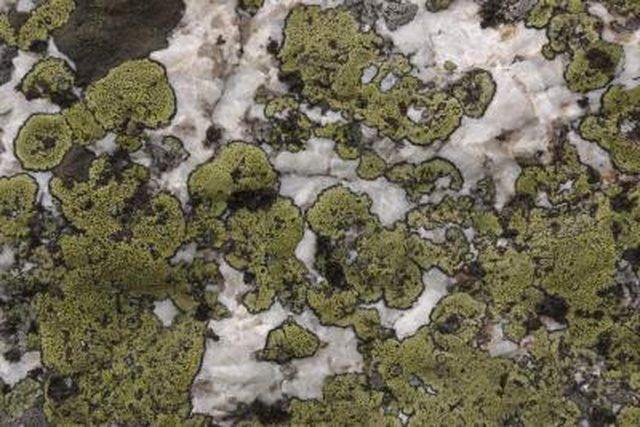Bulbs
Flower Basics
Flower Beds & Specialty Gardens
Flower Garden
Garden Furniture
Garden Gnomes
Garden Seeds
Garden Sheds
Garden Statues
Garden Tools & Supplies
Gardening Basics
Green & Organic
Groundcovers & Vines
Growing Annuals
Growing Basil
Growing Beans
Growing Berries
Growing Blueberries
Growing Cactus
Growing Corn
Growing Cotton
Growing Edibles
Growing Flowers
Growing Garlic
Growing Grapes
Growing Grass
Growing Herbs
Growing Jasmine
Growing Mint
Growing Mushrooms
Orchids
Growing Peanuts
Growing Perennials
Growing Plants
Growing Rosemary
Growing Roses
Growing Strawberries
Growing Sunflowers
Growing Thyme
Growing Tomatoes
Growing Tulips
Growing Vegetables
Herb Basics
Herb Garden
Indoor Growing
Landscaping Basics
Landscaping Patios
Landscaping Plants
Landscaping Shrubs
Landscaping Trees
Landscaping Walks & Pathways
Lawn Basics
Lawn Maintenance
Lawn Mowers
Lawn Ornaments
Lawn Planting
Lawn Tools
Outdoor Growing
Overall Landscape Planning
Pests, Weeds & Problems
Plant Basics
Rock Garden
Rose Garden
Shrubs
Soil
Specialty Gardens
Trees
Vegetable Garden
Yard Maintenance
Fun Facts About Vascular & Nonvascular Plants
Fun Facts About Vascular & Nonvascular Plants. Plants evolved more than 400 million years ago and developed into two main types: vascular and nonvascular. Many more plants have evolved since the first freshwater algae adapted to dry land, but close relatives still exist today.

Plants evolved more than 400 million years ago and developed into two main types: vascular and nonvascular. Many more plants have evolved since the first freshwater algae adapted to dry land, but close relatives still exist today.
Vascular Versus Nonvascular
Vascular plants have specialized tissues that allow them to transfer water, minerals and nutrients throughout the plant. As a result, vascular plants can grow into very large plants, like trees. Nonvascular plants lack these tissues and cannot transfer water up a stem like a tree, which keeps nonvascular plants small.
Fossil Record
The fossil record dates the oldest vascular plants to 439 to 409 million years ago during the Silurian period. Nonvascular plant fossils don't show up until 409 to 354 million years ago in the Devonian period. While scientists tell us that nonvascular plants were the first to evolve, they just don't show up in the fossil record. Later, vascular plants evolved from nonvascular plants.
Ancestry
Plants evolved from freshwater algae. Changes in water levels left algae stranded on the shoreline, and some of that algae was able to adapt and eventually evolve into land plants. Scientists have determined that some nonvascular plants share distinct traits with two types of freshwater algae.